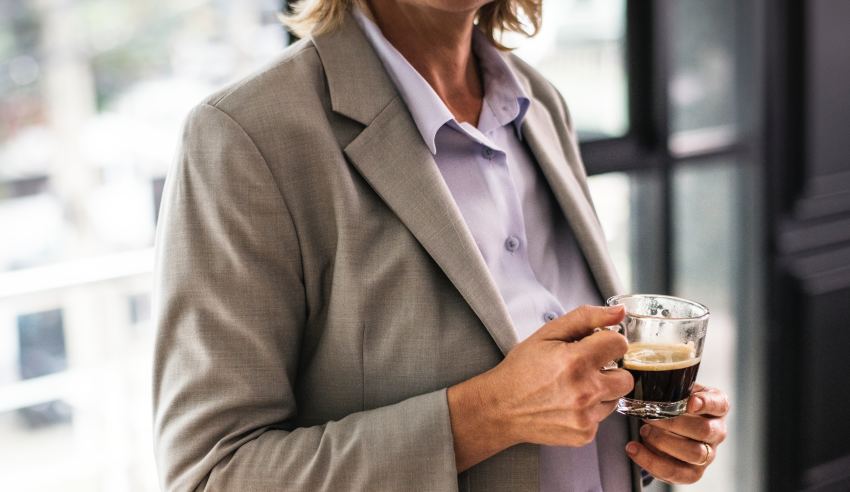The bar is not currently attracting its fair share of the best and brightest lawyers, and thus a change in direction on the question of gender could be needed, according to a Sydney-based barrister.

With an international focus on gender inequality, spurred on by the #MeToo movement, as well as high-level discussions of quotas, ‘fierce and provocative’ women in law are well placed to help drive change, Jane Needham SC said.
However, she noted, no state or territory bar association can boast “anything even nearing” gender equality.
“The main effort being made to effect change is the Law Council Equitable Briefing Policy, which seeks to ensure that women are considered for, and receive, briefs (both numerically and in value) proportionally to the number of women at the bar,” she mused.
“The first reporting period for the policy has shown encouraging briefing numbers, but since adoption of the Policy is voluntary, it is difficult to know what is happening outside those firms, floors and practitioners who choose to monitor their briefing behaviour, and to report.”
In light of this, it is perhaps more difficult to measure exactly how much change is being effected than otherwise may be, she surmised.
“Anecdotal evidence of women who do not perceive a gender pay gap is often raised as an answer to attempts to improve the diversity of briefing,” she said.
“We need to measure, and work on deficits where they are found, and if change means moving from targets to quotas, then perhaps we should consider that move.”
It goes without saying, Ms Needham continued, that with women making up approximately 60 per cent of graduate law students, and just over 50 per cent of solicitors, the bar is not attracting its share of the best and brightest lawyers.
“The women who do make it are often subjected to gender-based harassment and bullying, as we know from the Law Council National Attrition and Re-engagement Survey and the NSW Practising Certificate survey results in 2015,” she said.
“This causes a loss of talent, which can only diminish the quality of representation at the Bar.”
On the question of how individual men can take action, she said they must listen.
Few men who have really listened to women’s recounts of sexual harassment and bullying fail to be shocked, she posited.
“Once they have listened, they should act. Sometimes, all it takes is a short comment – such as ‘rape jokes are never funny’ or ‘that kind of conduct isn’t respectful’,” she said.
“The Harvey Weinstein revelations show us that people knew what he was doing – so much so that a joke was made about it in that most public of fora, the Oscars, but he clearly felt empowered by the lack of action by his peers.”
And while each professional body is working hard to overcome structural inequalities which has served as barriers to entry and disincentives to remain, there is clearly a long way to go, she concluded.
“We cannot rest on the fact that the two most senior judges in Australia are women; while that is historic, the fact remains that women are a significant minority,” she said.

Jerome Doraisamy is the managing editor of professional services (including Lawyers Weekly, HR Leader, Accountants Daily, and Accounting Times). He is also the author of The Wellness Doctrines book series, an admitted solicitor in New South Wales, and a board director of the Minds Count Foundation.
You can email Jerome at: